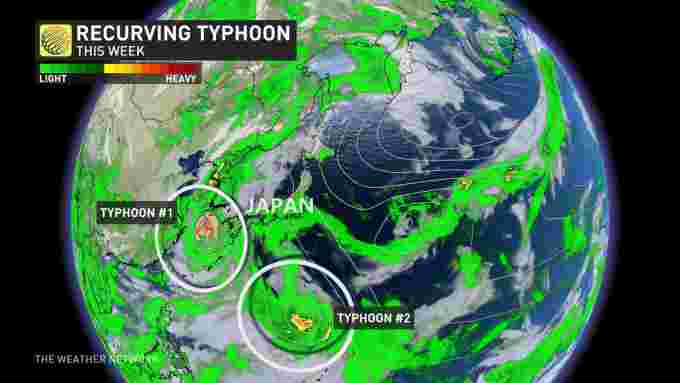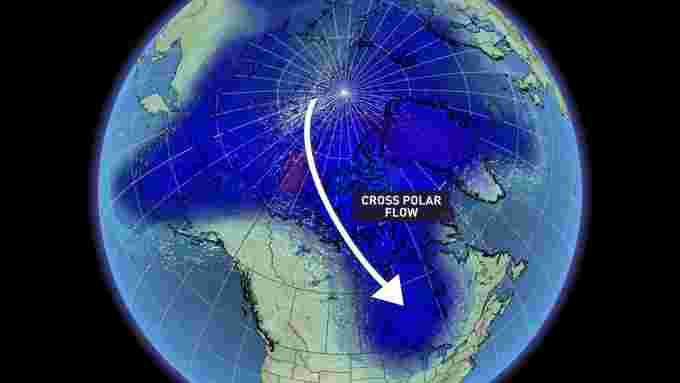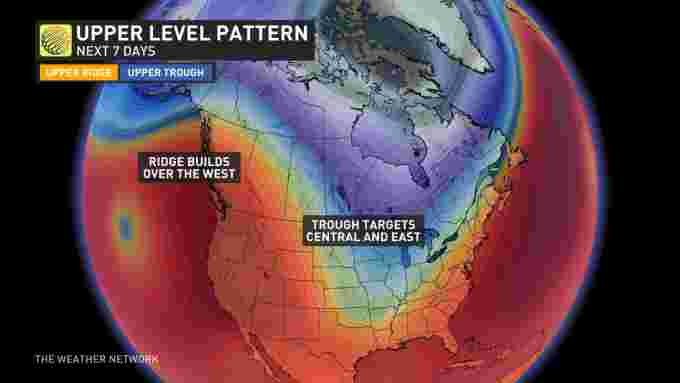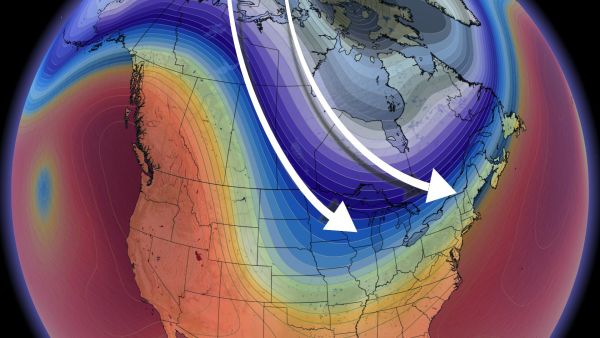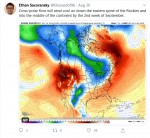Zharkova Continued:
Total solar irradiance (TSI) reduction during Maunder Minimum
Let us explore what has happened with the solar irradiance during the previous grand solar minimum – Maunder Minimum. During this period, very few sunspots appeared on the surface of the Sun, and the overall brightness of the Sun was slightly decreased.
The reconstruction of the cycle-averaged solar total irradiance back to 1610 (
Figure 4, top plot) suggests a decrease of the solar irradiance during Maunder minimum by a value of about 3 W/m2 [
2], or about 0.22% of the total solar irradiance in 1710, after the Maunder minimum was over.
Temperature decrease during Maunder minimum
From 1645 to 1710, the temperatures across much of the Northern Hemisphere of the Earth plunged when the Sun entered a quiet phase now called the Maunder Minimum. This likely occurred because the total solar irradiance was reduced by 0.22%, shown in
Figure 4 (top plot) [
2], that led to a decrease of the average terrestrial temperature measured mainly in the Northern hemisphere in Europe by 1.0–1.5°C as shown in
Figure 4 (bottom plot) [
3]. This seemingly small decrease of the average temperature in the Northern hemisphere led to frozen rivers, cold long winters, and cold summers.
Figure 4. Top plot: restored total solar irradiance from 1600 until 2014 by Lean et al. [
2]. Modified by Easterbrook [
3], from Lean, Beer, Bradley [
2]. Bottom plot: Central England temperatures (CET) recorded continuously since 1658. Blue areas are reoccurring cool periods; red areas are warm periods. All times of solar minima were coincident with cool periods in central England. Adopted from Easterbrook [
3], with the Elsevier publisher permissions.

The surface temperature of the Earth was reduced all over the Globe (see
Figure 1 in [
4]), especially, in the countries of Northern hemisphere. Europe and North America went into a deep freeze: alpine glaciers extended over valley farmland; sea ice crept south from the Arctic; Dunab and Thames rivers froze regularly during these years as well as the famous canals in the Netherlands.
Shindell et al. [
4] have shown that the drop in the temperature was related to dropped abundances of ozone created by solar ultra-violate light in the stratosphere, the layer of the atmosphere located between 10 and 50 kilometers from the Earth’s surface. Since during the Maunder Minimum the Sun emitted less radiation, in total, including strong ultraviolet emission, less ozone was formed affecting planetary atmosphere waves, the giant wiggles in the jet stream.
Shindell et al. [
4] in p. 2150 suggest that “a change to the planetary waves during the Maunder Minimum kicked the North Atlantic Oscillation (NAO) – the balance between a permanent low-pressure system near Greenland and a permanent high-pressure system to its south – into a negative phase, that led to Europe to remain unusually cold during the MM.”
Role of magnetic field in terrestrial cooling in Grand Solar Minima
However, not only solar radiation was changed during Maunder minimum. There is another contributor to the reduction of terrestrial temperature during Maunder minimum – this is the solar background magnetic field, whose role has been overlooked so far. After the discovery [
1] of a significant reduction of magnetic field in the upcoming modern grand solar minimum and during Maunder minimum, the solar magnetic field was recognized to control the level of cosmic rays reaching planetary atmospheres of the solar system, including the Earth. A significant reduction of the solar magnetic field during grand solar minima will undoubtedly lead to the increase of intensity of galactic and extra-galactic cosmic rays, which, in turn, lead to a formation of high clouds in the terrestrial atmospheres and assist to atmospheric cooling as shown by Svensmark et al. [
5].
In the previous solar minimum between cycles 23 and 24, the cosmic ray intensity increased by 19%. Currently, solar magnetic field predicted in
Figure 1 by Zharkova et al. [
1] is radically dropping in the sun that, in turn, leads to a sharp decline in the sun’s interplanetary magnetic field down to only 4 nanoTesla (nT) from typical values of 6 to 8 nT. This decrease of interplanetary magnetic field naturally leads to a significant increase of the intensity of cosmic rays passing to the planet’s atmospheres as reported by the recent space missions [
6]. Hence, this process of solar magnetic field reduction is progressing as predicted by Zharkova et al. [
1], and its contribution will be absorbed by the planetary atmospheres including Earth. This can decrease the terrestrial temperature during the modern grand solar minimum that has already started in 2020.
Expected reduction of terrestrial temperature in modern Grand Solar Minima
This summary curve also indicated the upcoming modern grand solar minimum 1 in cycles 25–27 (2020–2053) and modern grand solar minimum 2 (2370–2415). This will bring to the modern times the unique low activity conditions of the Sun, which occurred during Maunder minimum. It is expected that during the modern grand solar minimum, the solar activity will be reduced significantly as this happened during Maunder minimum (
Figure 4, bottom plot). Similarly to Maunder Minimum, as discussed above, the reduction of solar magnetic field will cause a decrease of solar irradiance by about 0.22% for a duration of three solar cycles (25–27) for the first modern grand minimum (2020–2053) and four solar cycles from the second modern grand minimum (2370–2415).
This, in turn, can lead to a drop of the terrestrial temperature by up to 1.0°C from the current temperature during the next three cycles (25–27) of grand minimum 1. The largest temperature drops will be approaching during the local minima between cycles 25 − 26 and cycles 26–27 when the lowest solar activity level is achieved using the estimations in
Figure 2 (bottom plot) and
Figure 3. Therefore, the average temperature in the Northern hemisphere can be reduced by up to 1.0°C from the current temperature, which was increased by 1.4°C since Maunder minimum. This will result in the average temperature to become lower than the current one to be only 0.4°C higher than the temperature measured in 1710. Then, after the modern grand solar minimum 1 is over, the solar activity in cycle 28 will be restored to normal in the rather short but powerful grand solar cycle lasting between 2053 and 2370, as shown in
Figure 3, before it approaches the next grand solar minimum 2 in 2370.
(Continued below)























